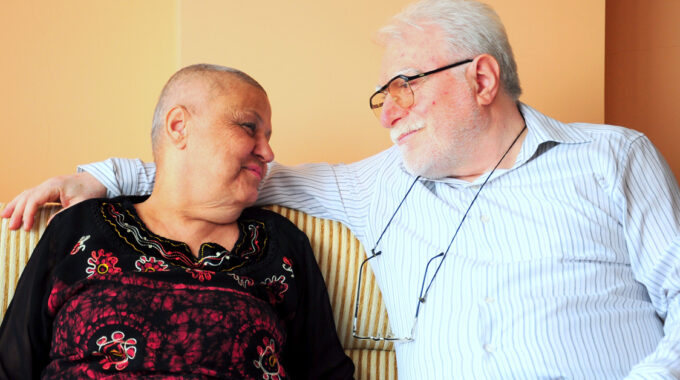
Fewer Americans Will Have to Switch Family Practitioners to Receive Hospice
One of the long-standing complaints of hospice care has been that patients see less of their trusted family doctors while they are receiving medical care at home. This has been especially true for people who see a physician assistant (PA) as their family practitioner. With approximately one-third of the nation’s 80,000 PAs working in primary care, it’s common for people to perceive a PA as their family doctor. While the PA scope of practice allows primary care management in most states, Medicare regulations only allow MDs, DOs, and nurse practitioners to sign orders for hospice. Patients accustomed to seeing a PA had to start seeing someone else to receive hospice. Thanks to a new bill signed into law last February, Medicare will recognize PAs as the hospice attending physician beginning January 1, 2019.
What is a Designated Hospice Attending Physician?
The hospice attending physician fills an important role in home hospice care. This professional prescribes the medications delivered by hospice nurses, oversees symptom management, authorizes other services such as speech therapy, and otherwise supervises the plan of care. Medicare only allows one hospice attending physician at a time. Only this practitioner may bill Medicare for primary care services related to the hospice diagnosis.
What PAs May Not Do
However, there are still limitations to what a PA may do for a hospice patient. Even with the upcoming changes, Medicare does not recognize PAs to certify the terminal diagnosis which allows hospice benefits. Therefore, patients will need to see an MD or DO at the start of care and at least every 60 days. In between those visits, hospice patients will be able to have their care managed by their long-trusted PAs.





